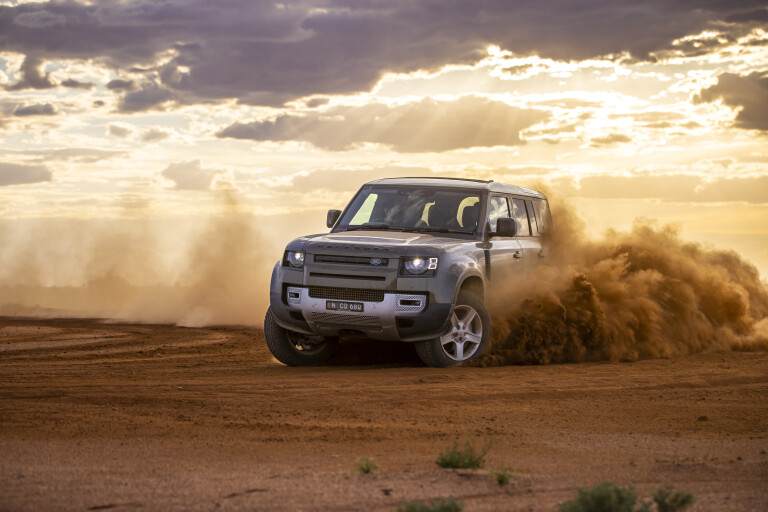
Modern four-wheel drives are equipped with an impressive arsenal of 4x4 systems and traction aids designed to make them more capable – and easier to drive – off road, but to get the most out of your vehicle you need to know precisely what devices are at your disposal and how to correctly operate them.
When it comes to 4WD systems, there are part-time 4x4s, on-demand 4x4s and full-time 4x4s, and in the case of vehicles with genuine off-road capability, most* are usually equipped with two-speed transfer cases (high and low range) to allow for slow driving over obstacles and better performance in steep terrain.

As for traction aids, modern 4x4s are equipped with a combination of mechanical and electronic devices. Mechanical traction aids built in to a 4WD include its gearbox, transfer case, differentials and brakes, while electronic traction aids include electronic traction control, stability control, selectable drive modes and hill-descent control.
Of course, all these 4x4 systems and traction aids won’t be of much use unless you know when and how to use them.
*Owners of some Volkswagen Amarok models may disagree, but these vehicles have a low first gear to make up for the lack of a two-speed transfer case.
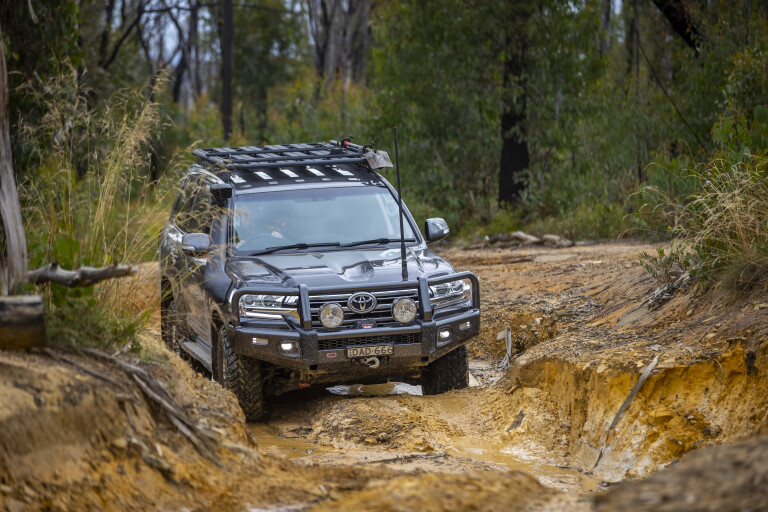
Back to basics
Before we get stuck in to the electronic stuff, let’s look at the mechanical equipment that dictates how well a vehicle might perform off road.
The earliest 4x4 vehicles like the Willys Jeep and old Land Rovers, and right up to 1980s Japanese wagons such as the Nissan MQ patrol and Toyota 60 Series LandCruiser, featured live axles front and rear with open differentials and leaf-spring suspension with relatively limited wheel travel.
When driven in undulating off-road terrain, if the vehicle’s wheel travel was exceeded, engine power would be fed through the open differentials to the wheels with the least resistance, or those up in the air, rather than those on the ground. As a result, the wheels in the air would spin while those on the ground would not, halting forward progress.
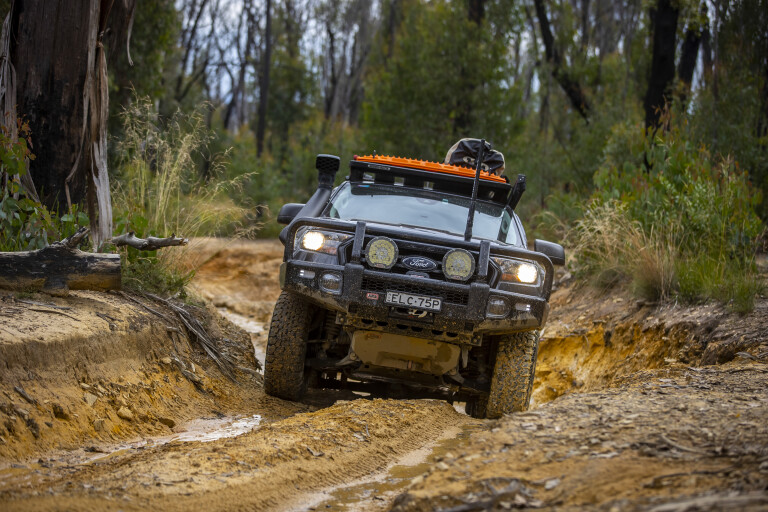
A way to prevent the wheels in the air from spinning was for the driver to apply some brake pressure, which would in turn apportion engine power to the wheels with grip, hopefully resulting in a resumption of forward progress. In effect, this is how electronic traction control works, using a modern vehicle’s ABS sensors to detect wheelspin, and then automatically applying braking pressure to the wheel in the air so that drive is apportioned to the wheel on the ground.
Another mechanical device employed to minimise across-axle wheel-speed discrepancies is the limited slip differential (LSD), which many manufacturers used to fit to the rear diffs of their 4x4 models. As its name suggests, the LSD is designed to ‘limit’ slip, and in practice some LSDs worked a lot better than others. From memory, the LSDs fitted to mid ’90s Nissans and Mitsubishis were way more effective than those fitted to mid ’90s Toyotas.
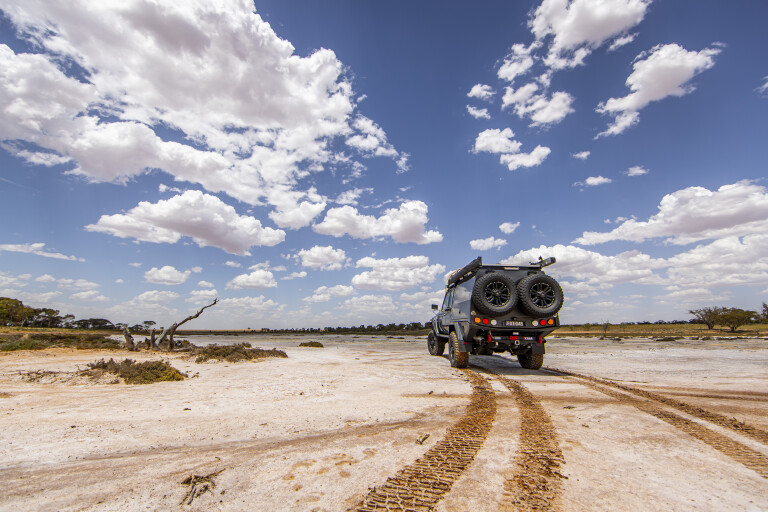
Going a step further, and available as an option on some 4x4 models as early as the ’90s, was the fitment of a driver-selectable rear differential lock. When engaged by pressing a button inside the cabin, a rear diff lock eliminates across-axle wheelspin on the rear axle. Many modern 4x4 wagons and utes are now available with standard rear diff locks.
Most manufacturers are reluctant, however, to fit locking differentials in the front axle because when engaged they can make it difficult to steer the vehicle. But if you really want to eliminate across-axle wheelspin up front, the 4WD aftermarket will be happy to oblige with a front diff lock.
With diff locks fitted to front and rear axles, on either a part-time 4x4 vehicle or a full-time 4x4 vehicle with its centre diff locked, all four wheels will always spin at the same speed, even if only one of those wheels is in contact with the ground. This is the ultimate set-up when it comes to mechanical traction aids and maintaining forward progress in extreme off-road terrain.

Knowing your rig
Different 4x4 vehicles are equipped with different types of traction aids and these can be engaged via a wide variety of different levers, buttons and dials, or even via touchscreens, and these controls can be located either sensibly or seemingly randomly, all over the dash and centre console.
When you’re driving in tricky off-road terrain, the last thing you want is to be searching throughout your vehicle’s cabin to engage a diff lock or specific drive mode, rather than focussing on the terrain being driven.
Take some time to familiarise yourself with your vehicle’s 4x4 systems and traction aids before you need to use them.

Electronic solution
While there are automatically engaging diff locks on the market, manually operated diff locks are more common as they can be engaged and disengaged when needed at the flick of a switch, but the problem with these is the driver needs to know when and how to operate them.
To overcome the potential for inexperienced drivers to misuse diff locks, vehicle manufacturers turned to an electronic solution in the form of electronic traction control (ETC) which is essentially ABS in reverse. With ABS, the vehicle’s ECU receives information from wheel-speed sensors and if there is an anomaly in wheel speeds when braking, an ABS modulator rapidly turns braking valves on and off to prevent wheels from locking, resulting in that pulsating feeling through the brake pedal when actuated.
ETC uses those same wheel-speed sensors to detect anomalies in wheel speed when accelerating and in turn, rapidly applies braking pressure to individual wheels via the braking valves to eliminate wheelspin.

These days, just about all vehicles are equipped with vehicle stability control (VSC) which uses pitch, roll and yaw sensors to detect whether a vehicle is heading where intended and, if not, intervening with brake pressure and cutting engine power to individual wheels to make it stable again. Most VSC systems can be switched off by the driver, as they can reduce off-road capability on loose surfaces such as sand by applying the brakes when you don’t want them to.
Another system that uses the ABS hardware and software is hill descent control (HDC) which when engaged, brakes individual wheels to maintain a set speed on steep descents without locking up the wheels. Most HDC systems are operated by pressing a console-mounted button, and with some, the target speed can be adjusted using up and down buttons on the steering wheel.

Different levels of electronic traction aid intervention might be required depending on the terrain, so some vehicles feature selectable drive modes to suit different conditions, such as: ‘Road’, ‘Sand’, ‘Grass, gravel and snow’, ‘Mud and ruts’ and ‘Rock’ mode. These different modes tailor the vehicle to suit different terrain.
For example, in Sand mode the throttle response will be sharpened up, the transmission will downshift more aggressively, and VSC intervention will be minimised, while in Rock mode the throttle response will be dampened to prevent unwanted surging if the driver’s foot is bouncing up and down on the accelerator pedal. Some selectable drive modes even change the way in which automatically locking diffs operate, when fitted, and adjust suspension height to suit different terrain, where applicable.
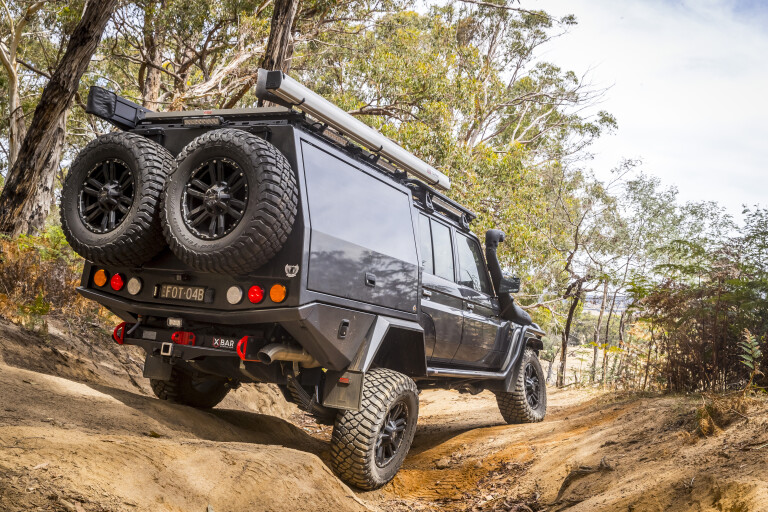
Tyres & pressures
In just about every instalment of 4X4 Australia’s How To Off-Road Driving Guide we have discussed the importance of setting the correct tyre pressures to suit the terrain in which you are driving, and this one is no exception.
No matter how advanced the 4x4 systems and traction aids your vehicle is equipped with, it will perform better off road if you lower tyre pressures to suit conditions.
Lowering tyre pressures results in more grip, which not only improves vehicle performance, but also minimises the strain on mechanical components and the effort exerted by electronic traction aids. It also minimises the risk of tyre damage when driving off road.
For full details see 4X4 Australia’s How To: Tyre Pressures

Using what you've got
The key to getting the most out of your vehicle when driving off road is to know what 4x4 systems and traction aids it’s equipped with, and when and how to use them. If you drive a part-time 4x4, for example, you will need to run it in 2WD on hard surfaces and only switch to 4WD on loose surfaces, and then in steep terrain you should select 4WD low range. Engaging 4WD might be via a lever or a button or a dial, located on the dash or centre console, and you need to know where this is and how to operate it.
If you drive a full-time 4x4, it will usually have a clutch pack or a viscous centre differential to allow for different wheel speeds on front and rear axles, which prevents transmission wind-up when cornering, but this will need to be locked when driving off road to ensure equal drive is sent to front and rear axles. The centre diff lock is usually engaged via a switch on the dash or centre console, and again, you need to know where this is, and how and when to operate it.
When driving in steep country, or crawling over obstacles at low speeds, you’ll need to engage low range. Again, different vehicles have different set-ups for this, some using a lever connected directly to the transfer case, and some using an electronic switch via a button or a dial.
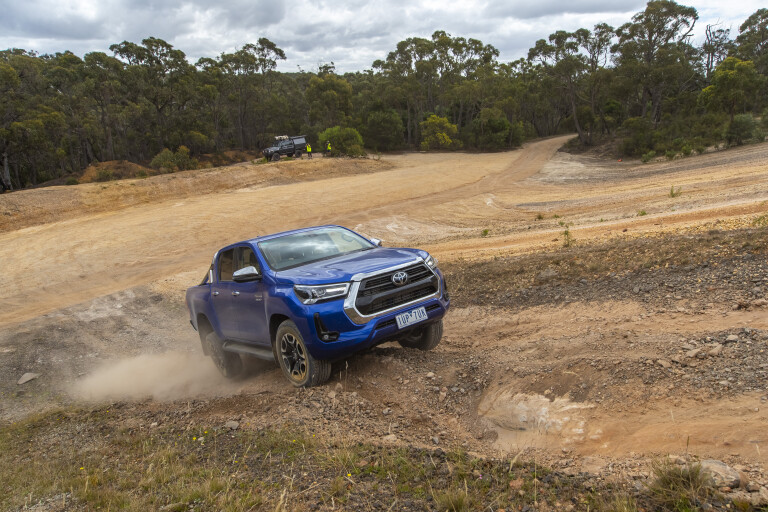
While just about all modern 4x4 vehicles have electronic traction control, some ETC systems are more effective in off-road terrain than others due to a combination of factors, including the vehicle hardware as well as the calibration of the electronics. What that means is that you might need to engage the rear diff lock, if fitted, for some tricky off-road sections, or select the correct drive mode, again if fitted.
Even the way in which rear diff locks interact with other vehicle systems varies from vehicle to vehicle. For example, if you engage the rear diff lock on a Ford Ranger, the ETC will remain active on the front axle, but if you engage the rear diff lock on a Toyota Hilux, it will disengage the ETC on the front axle. In the case of the Ranger, with the rear diff lock engaged it will always improve off-road capability in undulating terrain, whereas with the Hilux, engaging the rear diff lock will sometime decrease off-road capability.
Fortunately, the Hilux’s ETC is one of the better calibrated ones on the market, but the simple fact these seemingly very similar systems operate in very different ways highlights just how important it is to know precisely how your 4x4 functions.
If you have selectable drive modes, you should always select the one that best suits the terrain, so if you’re confronted with a muddy climb, engage the Mud and ruts mode before you tackle the hill, or if you’re about to climb a sand dune, make sure you have Sand mode selected.
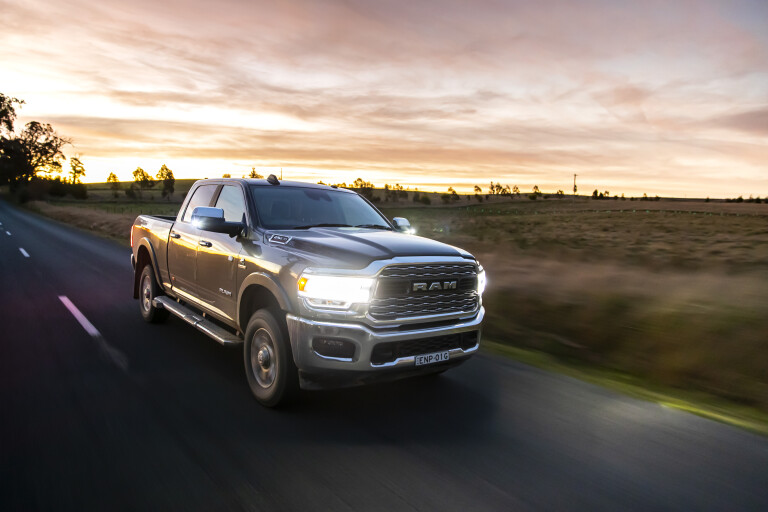
Low-range gearing is not only beneficial on steep climbs, but also steep descents, allowing you to make the most of your vehicle’s engine braking, which is important for a couple of reasons. Firstly, if you rely on your brakes alone to keep your speed in check on long and steep descents, they can overheat and become ineffective.
Secondly, you will have more vehicle control when you use the engine braking to help arrest speed on steep descents. If your vehicle has a manual gearbox, select the gear in low range that provides a good compromise between speed and control, and do likewise if you have an auto than leaving it in ‘D’ for drive. Most modern autos offer a sequential shift, so shifting up and down the ratios is easy.
You might be surprised at just how capable your 4x4 is once you’re aware of all its 4x4 systems and traction aids, and you know how and when to use them.
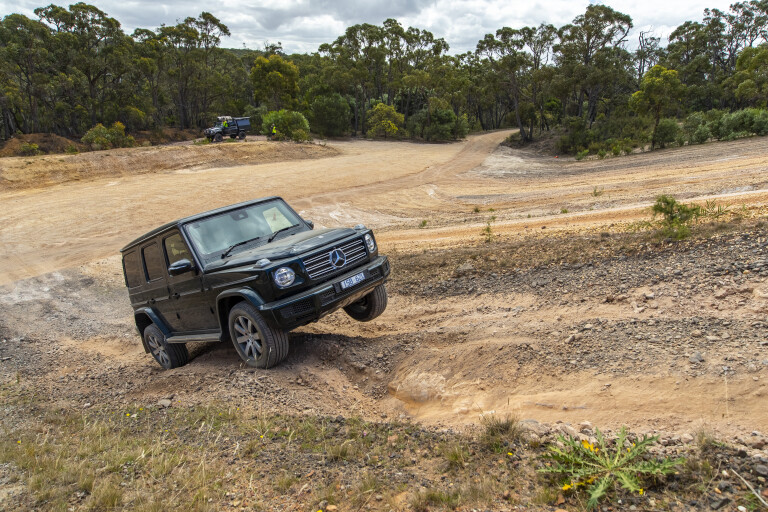
4x4 systems & traction aids - the dos and don'ts
DO
- Familiarise yourself with your vehicle’s equipment
- Know how to operate different systems and traction aids
- Engage the correct settings prior to tackling terrain
- Engage low range for climbs and descents
- Lower your tyre pressures to suit terrain
DON'T
- Assume your vehicle will look after everything
- Assume rear diff lock will improve off-road performance
- Rely on brakes alone for steep descents
- Forget to reinflate tyres when back on road
- Forget to select 2WD/disengage centre diff lock when back on road

COMMENTS